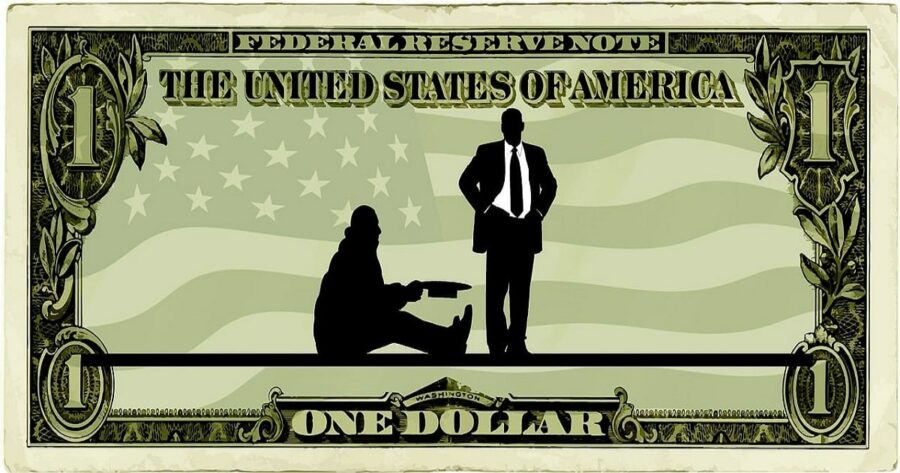It is a common misconception that the United States cannot pay off its debt because it is owed to itself. While it is true that a significant portion of the national debt is held by domestic government agencies and entities, such as the Federal Reserve and Social Security Trust Fund, this does not mean that the debt is any less real or that it can never be repaid.
First, it’s important to understand that the national debt is not just a single entity or number. It is made up of many different types of debt, including Treasury bonds, bills, and notes, which are issued to finance the government’s budget deficit and various programs. These debts are held by a variety of investors, including foreign governments, central banks, and individual investors, as well as domestic entities like the Federal Reserve and Social Security Trust Fund.
If foreign owners of U.S. debt call in their bonds, it means that they are demanding that the United States pay back the principal and any outstanding interest on those bonds. This could happen if the foreign investors no longer wish to hold the bonds or if they need to sell the bonds in order to raise cash for other purposes.
If a large number of foreign owners of U.S. debt were to call in their bonds at the same time, it could put pressure on the U.S. government to come up with the necessary funds to pay off the debt. This could potentially lead to a tightening of credit markets and a decrease in the value of the U.S. dollar and crash the stock market and be the catalyst to recession.
So, while it is true that some of the national debt is held by foreign entities, this does not mean that the debt is not real or that it cannot be repaid. In fact, the government has a number of options for paying down the debt, including cutting spending, raising taxes, and growing the economy through policies that encourage economic growth.
One of the main reasons why the national debt has continued to grow over the years is because the government has consistently spent more money than it has taken in through tax revenues. This has resulted in a budget deficit, which has been financed by borrowing. If the government can reduce its spending and increase its revenues, it can reduce the deficit and ultimately pay down the debt.
Additionally, the United States has a strong and diverse economy, which has allowed it to continue to borrow and pay its debts even during times of economic downturn. The country also has a long history of paying its debts on time and in full, which has helped to maintain its credibility and creditworthiness in the financial markets.
While domestic entities hold the majority of the national debt, this does not mean it cannot be repaid or that it is not real. The government can reduce debt by reducing spending, raising taxes, and promoting economic growth.









